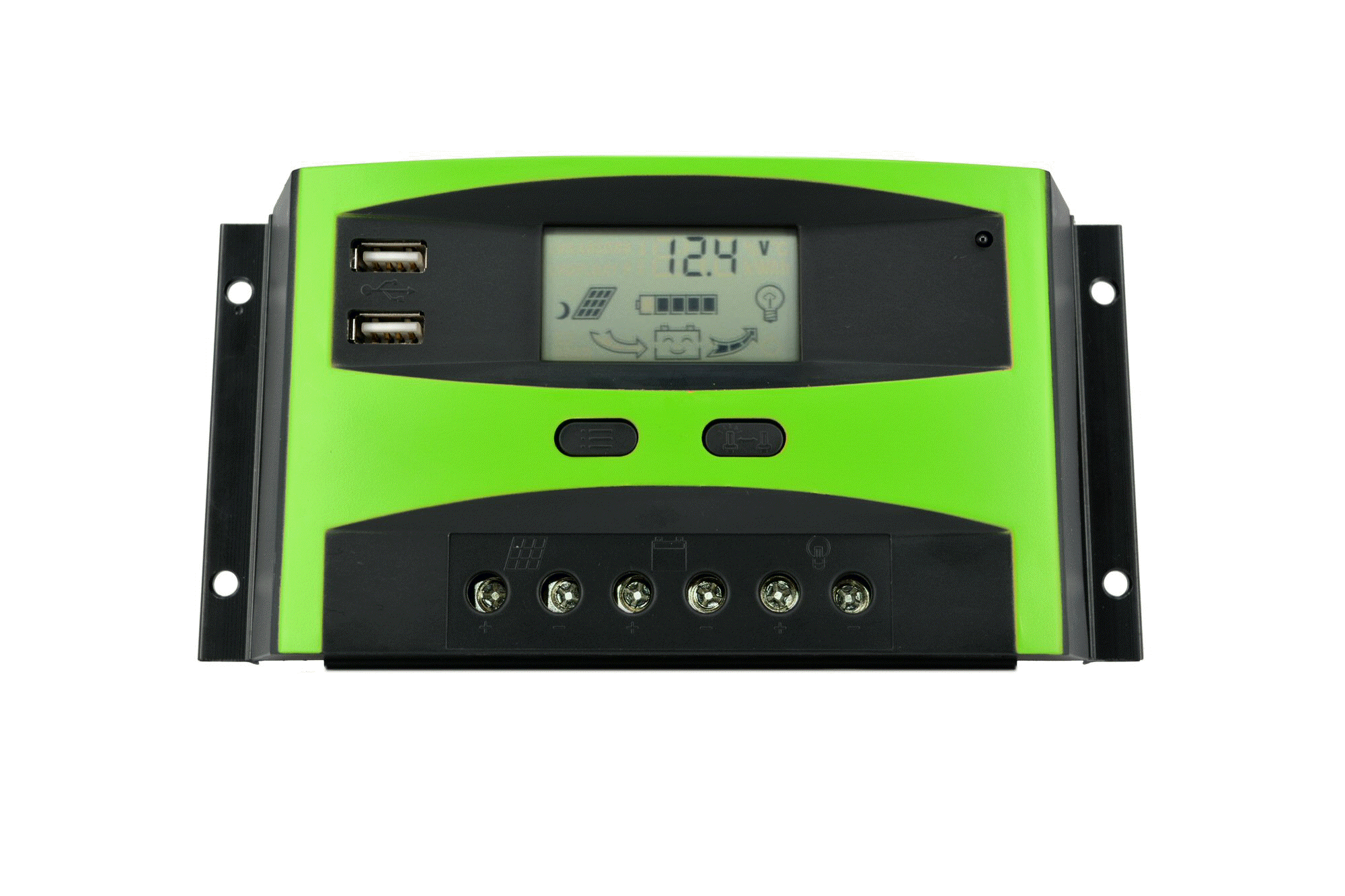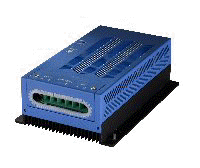- PWM regulator:
PWM charge controllers connect the solar panel directly to the battery to be charged. It is therefore the voltage of the battery which defines the operating voltage of the module. This voltage may vary, depending on the battery, from 11 volts to 15 volts. Take the example of a panel that produces 120W with UMPP = 17V and an intensity of I = 7A. This panel connected to a battery with a voltage of 12V via a PWM charge controller would only deliver a power of 12 x 7 = 84 Watts instead of 120 Watts! The charging power is therefore lower than the power that the panel can generate. Depending on the state of charge of the battery, PWM systems deliver a greater or lesser amount of the power actually available. On average, this represents a loss of about 15-35%.

- MPPT Regulator:
The power curve of the photovoltaic panel has a point at which the UMPP voltage and the IMPP current determine the maximum power. MPPT controllers constantly and accurately determine this optimal working point: the Maximum Power Point (MPP). This point corresponds to the maximum power: PMPP = UMPP x IMPP. The power at the optimum working point is electronically converted to the lowest battery voltage in order to charge the battery with the highest possible current.
